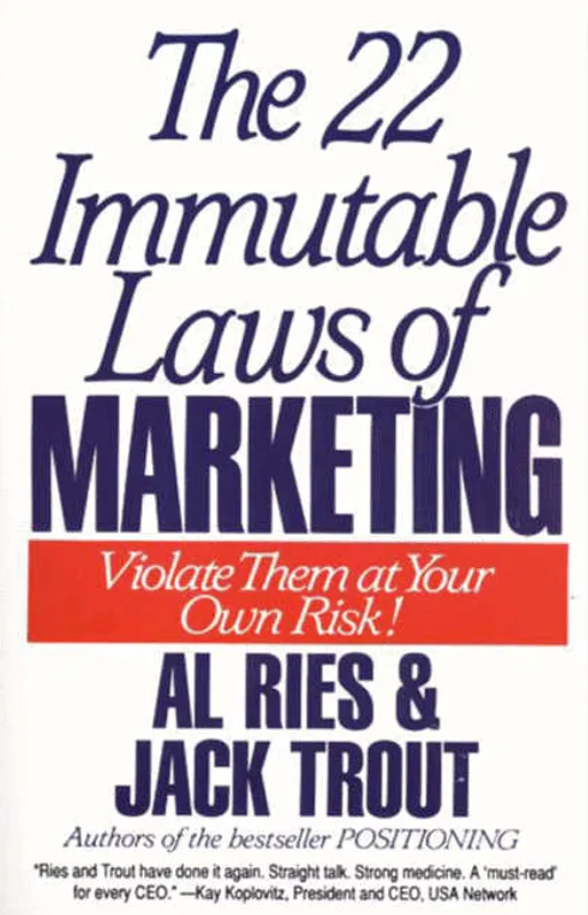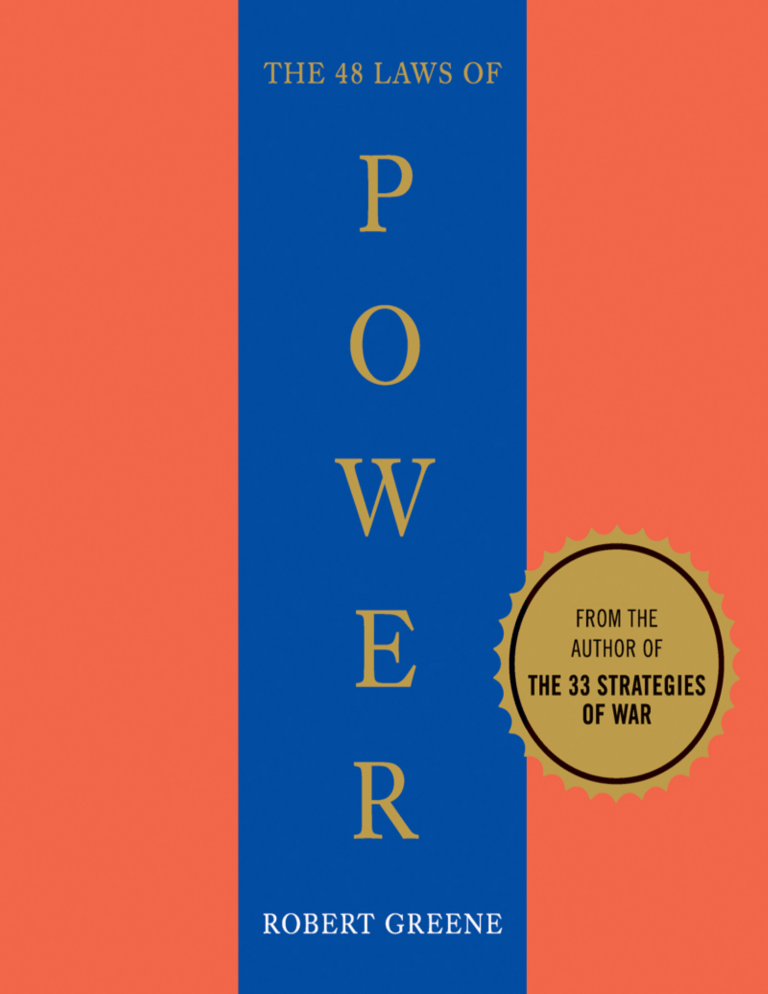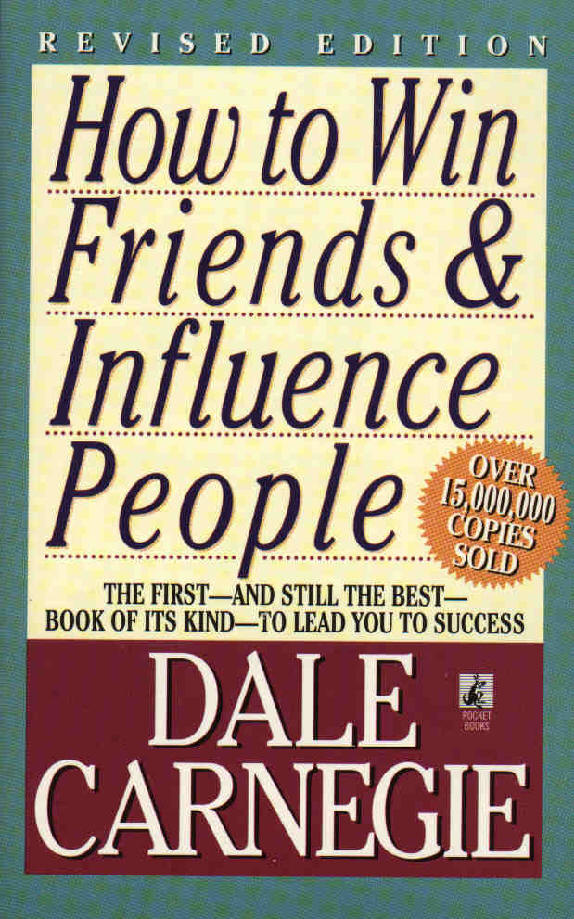Table of Contents
In 22 Immutable Laws book summary, we examine the principles espoused in “The 22 Immutable Laws of Marketing: Violate Them at Your Own Risk“, a marketing book by Al Ries and Jack Trout, dedicated to helping companies avoid marketing pitfalls and achieve success.
The book is organized into 22 chapters, each of which presents a “law” of marketing. These laws are based on the authors’ observations of what works and doesn’t work in marketing, and they are meant to be universal principles that apply to any product or service.
“Marketing is not a battle of products, it’s a battle of perceptions.”
Key Takeaways

Marketing is a Battle of Perceptions, Not Products
The book emphasizes that marketing is not about having the objectively “best” product, but about shaping customer perceptions. Customers often base decisions on second-hand perceptions, relying on the opinions of others or what “everybody knows.” This means success hinges on getting into the customer’s mind first and creating a favorable impression.
The Importance of Being First
The authors repeatedly stress the importance of being first in a category, both in the marketplace and, more importantly, in the customer’s mind. This is the Law of Leadership and the Law of the Mind. Being first allows a brand to become synonymous with the category and own the word that represents it. Think “Kleenex” for tissues, “Xerox” for copiers, and “Band-Aid” for bandages.
Finding Your Niche
If you can’t be first in an existing category, the Law of the Category suggests creating a new category where you can be first. This involves identifying unmet needs or underserved segments in the market and positioning your product as the solution. For example, Miller Lite was the first domestic light beer, creating a new category and achieving success.
Focus Your Message
The Law of Focus highlights the importance of owning a word in the prospect’s mind. This means narrowing your message to a single, memorable benefit that you can effectively communicate to your target audience. A focused message helps you stand out from the competition and creates a strong association with your brand.
“It’s better to be first in the mind than to be first in the marketplace.
Leverage the Leader’s Position
The Law of the Opposite advises that if you’re aiming for second place, your strategy should be determined by the leader. This involves identifying the leader’s strengths and positioning your product as the alternative, offering something different or addressing a weakness in the leader’s approach. For instance, Pepsi-Cola positioned itself as the drink for the younger generation, contrasting with Coca-Cola’s more traditional image.
The Dangers of Line Extension
The authors strongly caution against line extension, which is the practice of using an established brand name on new products in different categories. The Law of Line Extension argues that this strategy dilutes the brand’s focus and weakens its position in the customer’s mind. The book provides several examples of once-successful brands that declined due to line extension, such as Volkswagen.
The Role of Resources
The authors acknowledge that even the best marketing strategies require adequate funding to succeed. The Law of Resources emphasizes the importance of securing sufficient financial resources to execute your marketing plan and compete effectively in the marketplace. This might involve seeking investors, forming strategic partnerships, or carefully managing your budget.
“If you can’t be first in a category, set up a new category you can be first in.
Additional Insights
- The Seven-Rung Ladder: The book introduces the concept of the “product ladder” in the customer’s mind, where brands are ranked in a hierarchy within a category. The authors suggest that there are typically no more than seven rungs on this ladder due to the limitations of human memory. Your marketing strategy should be tailored to your position on the ladder.
- Long-Term Perspective: The Law of Perspective highlights the importance of taking a long-term view of marketing efforts. Actions that may boost sales in the short term, like excessive couponing, can ultimately hurt the brand. The book advises against chasing fads, which are short-lived, and instead focusing on trends, which offer long-term growth potential.
“The most powerful concept in marketing is owning a word in the prospect’s mind.”
- The Importance of Candor: The Law of Candor encourages companies to be honest about their weaknesses, as this can be surprisingly disarming and effective. Admitting a negative and then reframing it as a positive can build credibility and make your message more persuasive.
- The Danger of Hype: The Law of Hype warns that the situation is often the opposite of how it appears in the press. Companies that receive a lot of hype may actually be struggling, while those quietly building momentum often go unnoticed. The authors advise looking beyond the headlines for true indicators of success.
“When you admit a negative, the prospect will give you a positive.”
The book offers valuable insights into the principles of effective marketing, urging businesses to focus on building strong brands, crafting compelling messages, and making strategic sacrifices to achieve long-term success.
The 22 Immutable Laws
The 22 Immutable Laws of Marketing as set out in the book by Al Ries and Jack Trout are as follows:
- 1. The Law of Leadership: It’s better to be first than it is to be better.
- 2. The Law of the Category: If you can’t be first in a category, set up a new category you can be first in.
- 3. The Law of the Mind: It’s better to be first in the mind than to be first in the marketplace.
- 4. The Law of Perception: Marketing is not a battle of products, it’s a battle of perceptions.
- 5. The Law of Focus: The most powerful concept in marketing is owning a word in the prospect’s mind.
- 6. The Law of Exclusivity: Two companies cannot own the same word in the prospect’s mind.
- 7. The Law of the Ladder: The strategy to use depends on which rung you occupy on the ladder.
- 8. The Law of Duality: In the long run, every market becomes a two-horse race.
- 9. The Law of the Opposite: If you are shooting for second place, your strategy is determined by the leader.
- 10. The Law of Division: Over time, a category will divide and become two or more categories.
- 11. The Law of Perspective: Marketing effects take place over an extended period of time.
- 12. The Law of Line Extension: There’s an irresistible pressure to extend the equity of the brand.
- 13. The Law of Sacrifice: You have to give up something in order to get something.
- 14. The Law of Attributes: For every attribute, there is an opposite, effective attribute.
- 15. The Law of Candor: When you admit a negative, the prospect will give you a positive.
- 16. The Law of Singularity: In each situation, only one move will produce substantial results.
- 17. The Law of Unpredictability: Unless you write your competitor’s plans, you can’t predict the future.
- 18. The Law of Success: Success often leads to arrogance and arrogance to failure.
- 19. The Law of Failure: Failure is to be expected and accepted.
- 20. The Law of Hype: The situation is often the opposite of the way it appears in the press.
- 21. The Law of Acceleration: Successful programs are not built on fads, they’re built on trends.
- 22. The Law of Resources: Without adequate funding an idea won’t get off the ground.
Real-Life Examples Illustrating the 22 Immutable Laws of Marketing
The author offers a wealth of real-world examples to illustrate the principles outlined in the 22 Immutable Laws of Marketing. Here are some notable instances:
1. The Law of Leadership:
- Charles Lindbergh vs. Bert Hinkler: Lindbergh is remembered for being the first to fly solo across the Atlantic, while Hinkler, despite being a better pilot, remains largely unknown. This demonstrates the power of being first in a category.
- Harvard College: Harvard’s status as the first college in America likely contributes to its enduring reputation as a leading institution.
- Time vs. Newsweek: Time’s early lead in the news magazine category solidified its long-standing dominance over Newsweek.
- Chrysler Minivans: Chrysler’s introduction of the first minivan helped it capture a significant market share, even though its overall market share for cars remained smaller.
2. The Law of the Category:
- Heineken vs. Michelob: Instead of directly competing with imported beer giant Heineken, Anheuser-Busch created the category of “high-priced domestic beer” with Michelob, ultimately outselling Heineken.
- Tandem and Stratus: Tandem’s success with fault-tolerant computers led Stratus to create the sub-category of fault-tolerant minicomputers, carving out a successful niche.
- Charles Schwab: By establishing the first discount brokerage firm, Charles Schwab didn’t need to compete with traditional brokerage firms.
3. The Law of the Mind:
- MITS Altair 8800 vs. Apple: Despite being the first personal computer, the MITS Altair 8800 failed to capture the public’s imagination the way Apple did with its simpler name and effective marketing.
- IBM vs. Remington Rand: Although Remington Rand was first to market with the UNIVAC computer, IBM’s aggressive marketing efforts secured its position as the leading brand in the consumer’s mind.
4. The Law of Perception:
- Honda, Toyota, Nissan: The success of these Japanese car brands in the US market is attributed to the perception of Japanese cars being higher quality, regardless of individual experiences or objective data.
- Campbell’s vs. Heinz Soup: The contrasting success of these soup brands in the US and UK markets highlights how cultural perceptions influence consumer preferences, even for seemingly similar products.
- New Coke vs. Coca-Cola Classic: Despite taste tests showing New Coke’s superiority, consumers’ perception of Coca-Cola Classic as the “real thing” led to its continued market dominance.
- Audi’s “Unintended Acceleration”: The perception of Audi cars having acceleration problems persisted despite a lack of evidence, illustrating how negative perceptions can significantly impact brand image.
5. The Law of Focus:
- Federal Express: By focusing exclusively on overnight package delivery, Federal Express successfully owned the word “overnight” in the consumer’s mind.
- Heinz Ketchup: Heinz went beyond owning the “ketchup” category by emphasizing the specific attribute of “thickness” with its “slowest ketchup in the West” campaign.
- Prego vs. Ragu: Prego differentiated itself from market leader Ragu by focusing on the “thicker” attribute, capturing significant market share.
6. The Law of Exclusivity:
- Volvo and Safety: Volvo’s ownership of the “safety” attribute in the car market rendered other car companies’ safety campaigns ineffective.
- Duracell vs. Energizer: Despite the Energizer bunny’s attempts to claim the “long-lasting” attribute, Duracell maintained its strong association with this concept due to its early market entry.
7. The Law of the Ladder:
- Hertz, Avis, National: The established hierarchy in the car rental market (Hertz-Avis-National) demonstrates how brands occupy distinct positions on the mental “ladder” that consumers use for decision-making.
- Avis’s “We Try Harder”: Avis found success by acknowledging its No. 2 position and leveraging it to emphasize its superior customer service.
8. The Law of Duality:
- Eveready vs. Duracell, Kodak vs. Fuji: These examples illustrate how, over time, many markets consolidate into a two-horse race between dominant brands.
9. The Law of the Opposite:
- Coca-Cola vs. Pepsi-Cola: Pepsi successfully positioned itself as the choice of a “new generation” in contrast to Coca-Cola’s established, traditional image.
- Scope vs. Listerine: Scope leveraged Listerine’s “medicine breath” perception to position itself as the “good-tasting” alternative.
10. The Law of Division:
- General Motors: GM’s initial success with differentiated brands eventually led to internal competition and a blurred market position as divisions chased the middle of the market.
11. The Law of Perspective:
- Sales and Discounts: While sales offer short-term gains, they can condition consumers to buy only at discounted prices, potentially harming long-term profitability.
- Miller High Life and Lite: Miller Lite’s initial success eventually cannibalized Miller High Life’s market share, demonstrating the long-term consequences of line extension.
12. The Law of Line Extension:
- A-1 Steak Sauce: The failure of A-1 Poultry Sauce demonstrates how consumers associate a brand name with a specific product, limiting the effectiveness of line extensions.
- Donald Trump: Trump’s practice of putting his name on a vast array of businesses ultimately led to his financial downfall, highlighting the perils of over-extending a brand.
13. The Law of Sacrifice:
- Federal Express: By sacrificing a full range of shipping services and focusing solely on overnight delivery, Federal Express secured a dominant position in the market.
- Pepsi-Cola: Pepsi’s decision to focus exclusively on the teenage market allowed it to challenge Coca-Cola’s dominance.
- Marlboro: Marlboro’s consistent focus on the “cowboy” image, while appealing to a broader market, demonstrates the power of a singular, enduring message.
14. The Law of Attributes:
- Gillette Good News Razor: The unexpected success of disposable razors demonstrates the unpredictable nature of consumer preferences for specific attributes.
15. The Law of Candor:
- Avis, Smucker’s, VW, Joy: These brands successfully leveraged admitted negatives (“No.2,” “funny name,” “ugly,” “expensive”) to highlight positive attributes (“trying harder,” “good quality,” “reliable,” “high quality”).
- Listerine: Listerine turned its “bad taste” into a positive by associating it with germ-killing effectiveness.
16. The Law of Singularity:
- Coca-Cola vs. Pepsi: The author argues that Coca-Cola’s only path to regaining dominance is to discontinue New Coke and focus its marketing efforts on the “Real Thing” concept.
17. The Law of Unpredictability:
- IBM’s OfficeVision: IBM’s failure to anticipate the rise of personal computers and open systems led to the downfall of its OfficeVision project.
- The Videophone: Despite decades of hype and predictions of revolutionizing the communications industry, the videophone has yet to achieve widespread adoption.
18. The Law of Success:
- Donald Trump and Robert Maxwell: These individuals’ early successes led to arrogance and a lack of objectivity, contributing to their eventual downfalls.
- Digital Equipment Corporation (DEC): DEC’s founder, Ken Olsen, dismissed key technological trends like personal computers and open systems, ultimately leading to the company’s decline.
19. The Law of Failure:
- American Motors, IBM, Xerox: These companies’ reluctance to abandon failing ventures cost them valuable time and resources.
20. The Law of Hype:
- New Coke: Despite massive media hype, New Coke failed to gain widespread acceptance, illustrating the disconnect between publicity and market success.
- NeXT Computer: Steve Jobs’ NeXT computer received significant press attention but ultimately failed to gain market traction.
21. The Law of Acceleration:
- Cabbage Patch Kids: Coleco’s over-investment in the Cabbage Patch Kids fad left it vulnerable when demand inevitably declined.
22. The Law of Resources:
- Apple Computer: Steve Jobs and Steve Wozniak’s innovative idea needed Mike Markkula’s financial backing to become a viable business.
- A&M Pet Products: Despite inventing “clumping” cat litter, A&M lacked the resources to effectively compete with larger brands like Clorox.

Check out the key takeaways from another great marketing book, Blue Ocean Strategy: How to Create Uncontested Market Space and Make the Competition Irrelevant
Liked 22 Immutable Laws book summary? Read other book summaries here
You may also like:








Leave a Reply